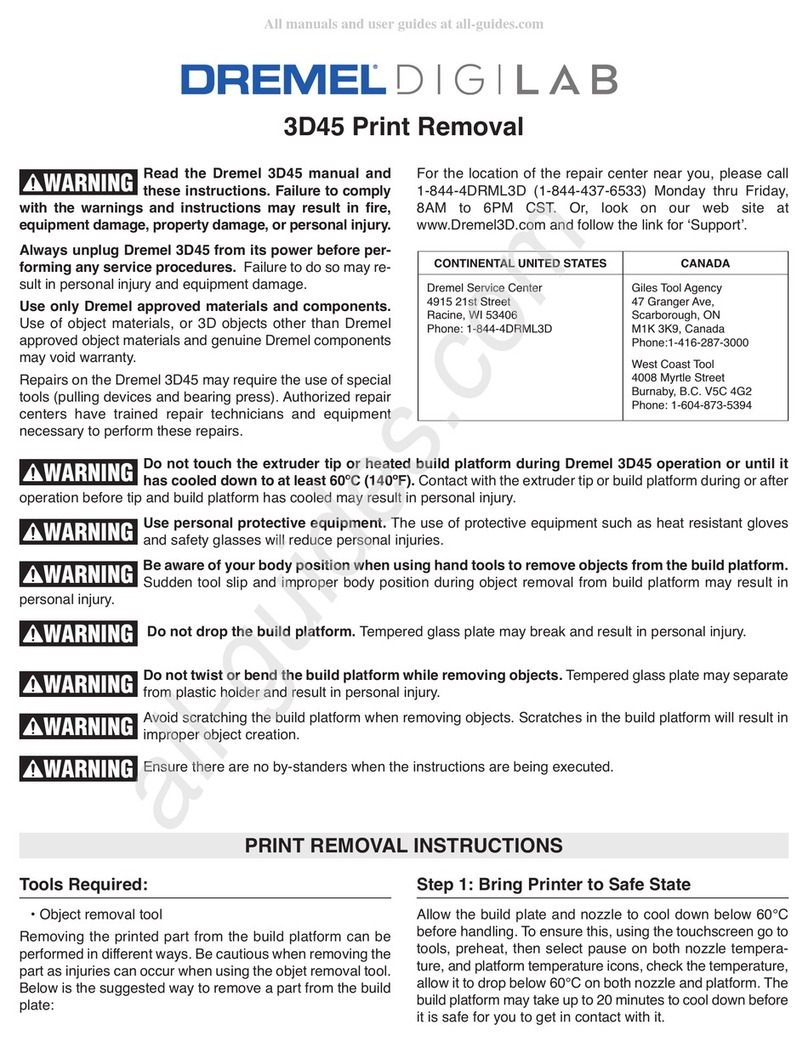Dremel 3D40 Idea Builder User manual
Other Dremel 3D Printer manuals

Dremel
Dremel 3D20 Idea Builder User manual

Dremel
Dremel DigiLab 3D45 Operating instructions
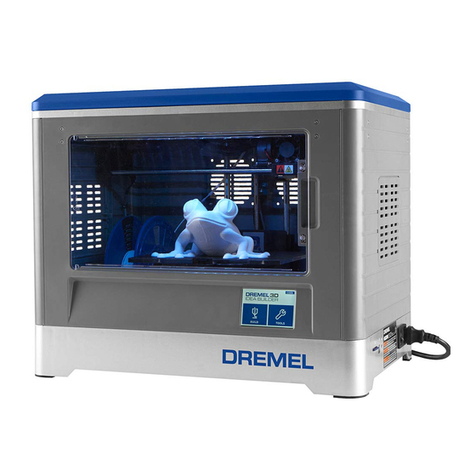
Dremel
Dremel 3D20 Idea Builder User manual
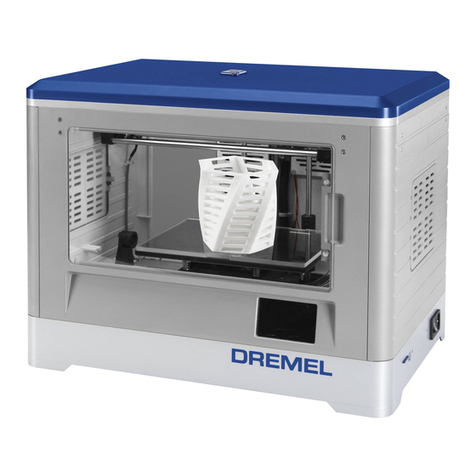
Dremel
Dremel 3D20 Idea Builder Quick guide

Dremel
Dremel Idea Builder 3D20-01 Assembly instructions

Dremel
Dremel 3D20 Idea Builder User manual
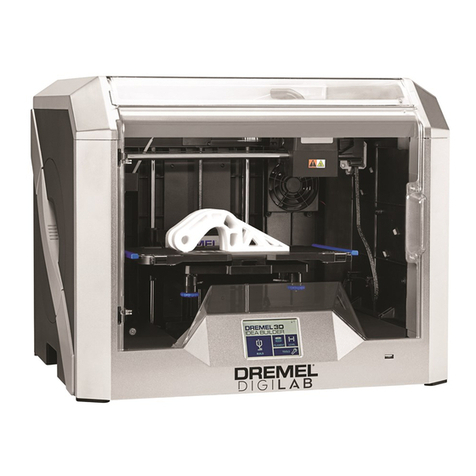
Dremel
Dremel 3D40 FLEX User manual

Dremel
Dremel 3D20 Idea Builder User manual
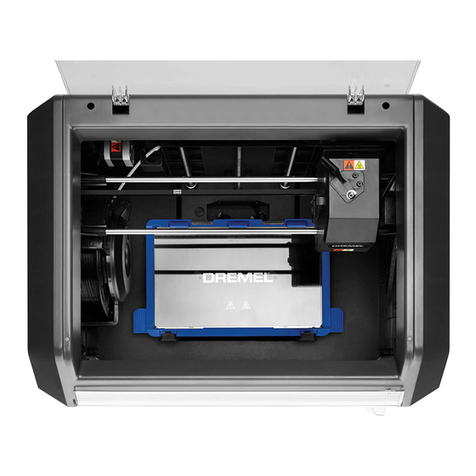
Dremel
Dremel DigiLab 3D45 User manual
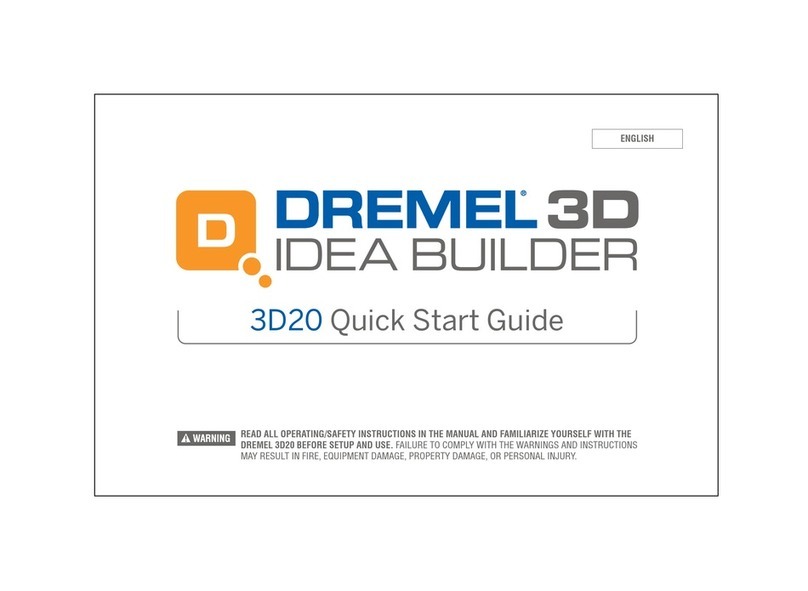
Dremel
Dremel 3D20 Idea Builder User manual
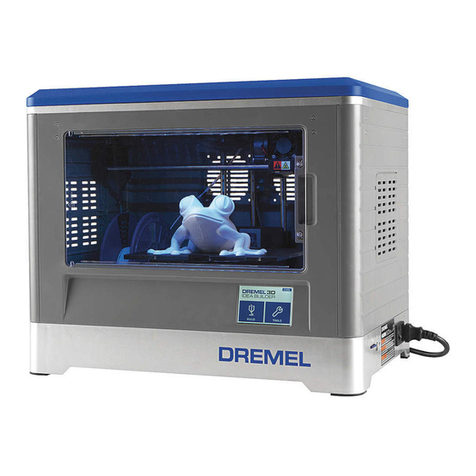
Dremel
Dremel Idea Builder 3D20-01 User manual

Dremel
Dremel 3D40 FLEX Assembly instructions

Dremel
Dremel 3D40 Idea Builder Operating instructions
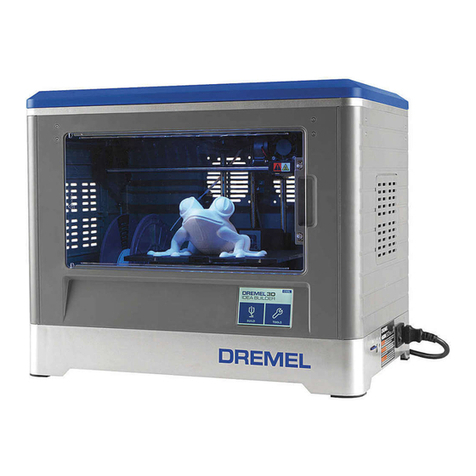
Dremel
Dremel 3D20 Idea Builder User manual
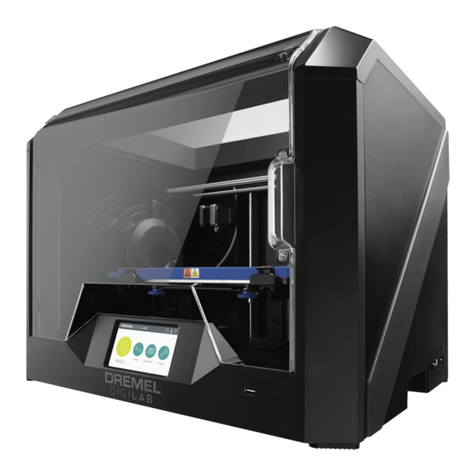
Dremel
Dremel DigiLab 3D45 User manual
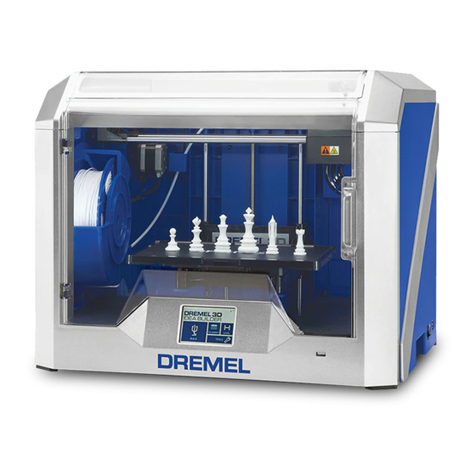
Dremel
Dremel 3D40 Idea Builder User manual

Dremel
Dremel 3D20 Idea Builder User manual

Dremel
Dremel DigiLab 3D45 Use and care manual

Dremel
Dremel 3D40 Idea Builder User manual
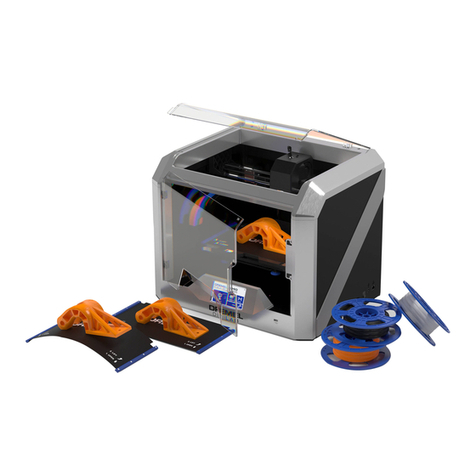
Dremel
Dremel DIGILAB 3D40 User manual
Popular 3D Printer manuals by other brands

3DGence
3DGence INDUSTRY F340 user manual

HP
HP Jet Fusion 4200 Product Documentation Site Preparation Guide

Rokit
Rokit AEP Series user manual

Ackuretta
Ackuretta FreeShape 120 user manual

DIYElectronics
DIYElectronics PRUSA I3 ELECTRONICS AND SOFTWARE GUIDE

Ultimaker
Ultimaker S5 Material Station installation guide


